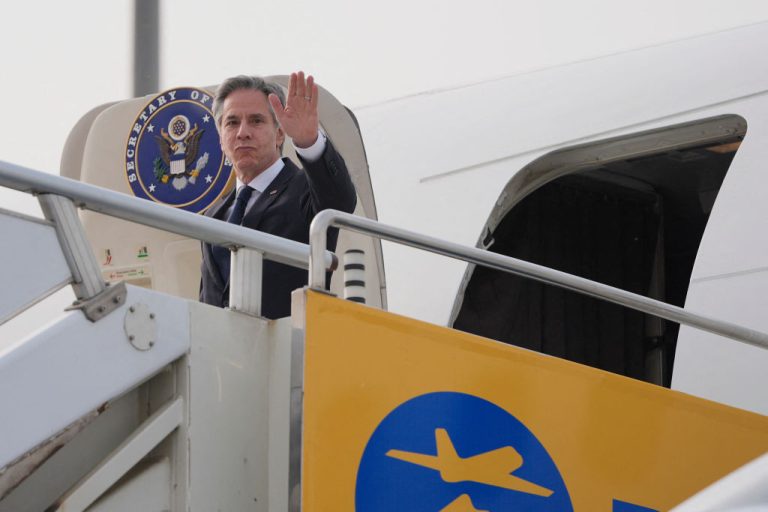Feb. 7 marked the first anniversary of the death of whistleblower Li Wenliang, the doctor silenced by Chinese officials for his attempts to warn friends and family about the SARS-CoV-2 outbreak in late 2019. Working in Wuhan, Li succumbed to the virus in February 2020.
A year after Li’s death, many Chinese have expressed mourning for the man they believe tried to get the truth out in spite of strict censorship by the communist authorities.
On Dec. 30, 2019, Li warned his medical school classmates on WeChat to take precautions, stating that “Seven ‘SARS-like’ cases from the Huanan seafood market have been confirmed.” Later that day, the Wuhan Central Hospital relayed a message from the Wuhan Health Commission to health workers that they could face penalties if they spread information about the “unknown pneumonia.”
Local police called Li in on Jan. 3 to criticize him for “rumor-mongering.” The police statement read, “The public security department hopes you can proactively cooperate with our work, listen to the urging of the police, and stop illegal activities from now on.” A hospital colleague, Zhao Chen, recalled a department director saying, “Don’t go against the authorities, don’t wear masks, don’t make careless remarks.” Li contracted the virus from a patient on Jan. 7 and died from the virus one month later, on Feb. 7.
Wuhan coverup
In China, thousands of people paid tribute to Dr. Li before and on his death anniversary. Li Pan, an online store owner, was interviewed near the hospital and told Reuters, “He was the first to tell us about the virus. He must have considered the impact would be huge, but he still raised the alarm. That was really brave.” Dr. Li’s personal page on Weibo, which is similar to Twitter, was flooded with comments such as, “Dr. Li, history and the people will never forget you!” and “you live forever in the hearts of the Chinese people.”

Success
You are now signed up for our newsletter
Success
Check your email to complete sign up
Despite early evidence of human-to-human spread and multiple warnings from medical doctors, Chinese officials deliberately silenced whistleblowers and sabotaged efforts to test viral samples. Furthermore, the regime downplayed the severity of the disease. Domestic and foreign travel was allowed to occur for weeks before lockdowns were instituted, and foreign health experts were repeatedly barred from traveling to China.
A South China Morning Post article reported that Chinese government records traced the first COVID-19 case back to Nov. 17, 2019. A 55-year-old from Hubei Province was infected with the virus.
On Dec. 1, the first documented patient has recorded a bedridden male in his 70s who did not connect to the Wuhan seafood market. The human-to-human transmission was subsequently observed between close contacts during mid-December, according to a New England Journal of Medicine (NEJM) article published in Jan. 2020.
By Dec. 27, 2019, a Chinese lab had already sequenced much of the virus using a sample from a 65-year-old patient. The findings were reported to Wuhan officials and the state-affiliated Chinese Academy of Medical Sciences. Dr. Ai Fen, an emergency department director at Wuhan Central Hospital, warned of a SARS-like virus in her department WeChat group chat on Dec. 30. Still, the hospital admonished her for “spreading rumors.”
The same day, Dr. Li Wenliang shared his concerns about the disease with former medical school classmates on WeChat and received a warning that he could face penalties.
‘Preventable and controllable’
On Dec. 31, the Wuhan Health Commission confirmed 27 cases of an unknown pneumonia disease but stated that it was “preventable and controllable.” The organization stated that no health workers were infected and that there was no evidence of human-to-human spread. The World Health Organization (WHO) was notified about the outbreak. The next day, a Hubei Provincial Health Commission ordered a genomics company to halt testing of virus samples and destroy existing samples. Similarly, the National Health Commission released a notice telling researchers to either hand over or destroy their virus samples on Jan. 3.

On Jan. 18, despite opposition from committee staff, the Wuhan Baibuting neighborhood hosted a sizeable annual potluck banquet for 40,000 families. Two days later, Zhong Nanshan, a prominent Chinese doctor who was part of China’s response team, confirmed that human-to-human spread could occur.
Chinese leader Xi Jinping made his first public remarks about the disease on Jan. 20, but lockdowns were not begun until Jan. 23. Reportedly, 5 million people had already left Wuhan without being screened for the virus by the time it was locked down.
Thirteen cities in Hubei other than Wuhan were placed under lockdown on Jan. 24, but hundreds of millions of citizens had already been traveling around the country.
On Jan. 27, Wuhan Mayor Zhou Xianwang admitted that outbreak information was not disseminated in a timely manner, but he blamed the central Chinese government for not permitting him earlier. By the end of January, 3,000 health workers were infected in Hubei Province, and 100,000 hospital beds were freed up for patients.
Furthermore, China repeatedly refused to allow foreign health experts to travel to China to investigate the virus.
Follow us on Twitter or subscribe to our email list














